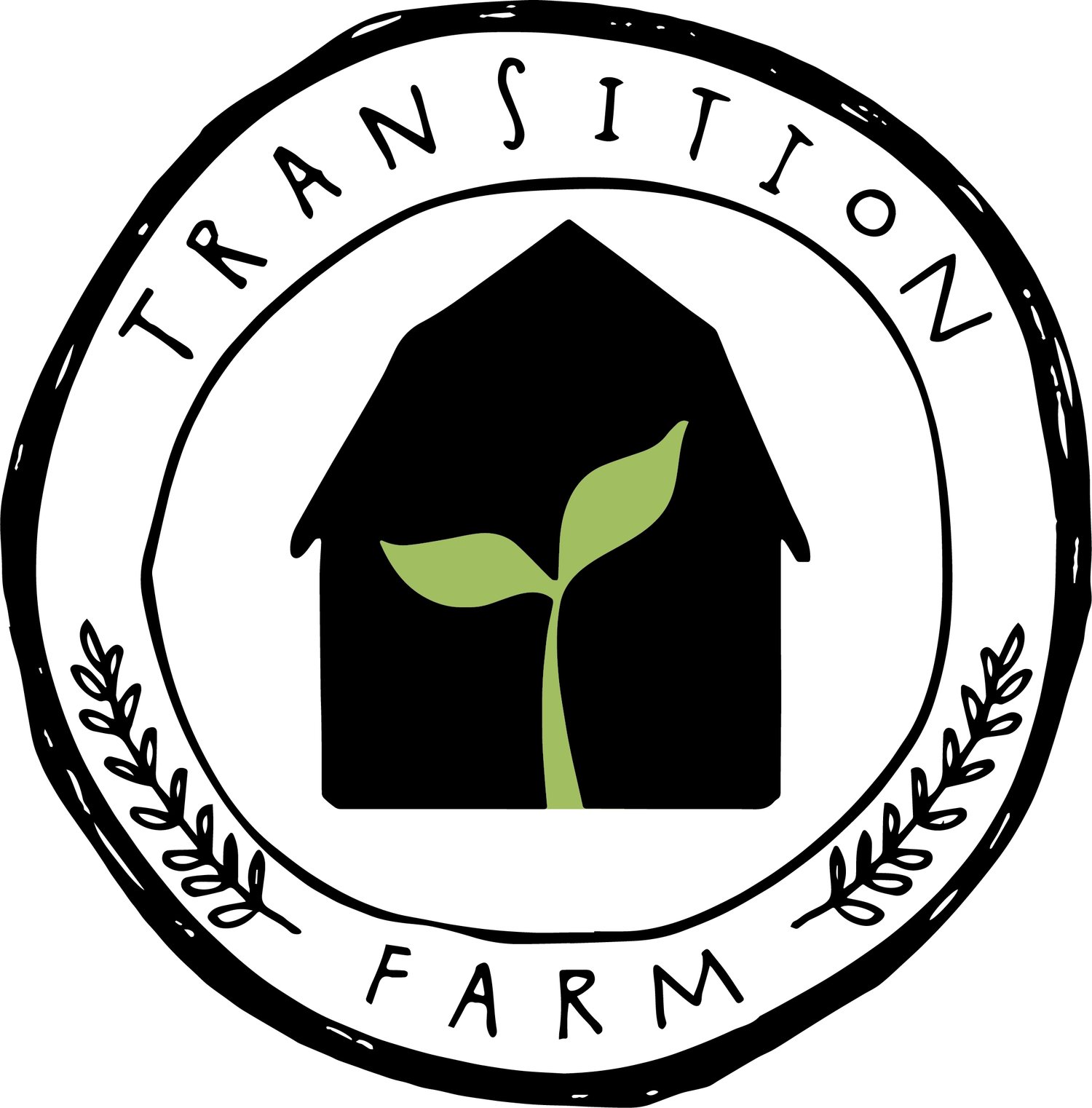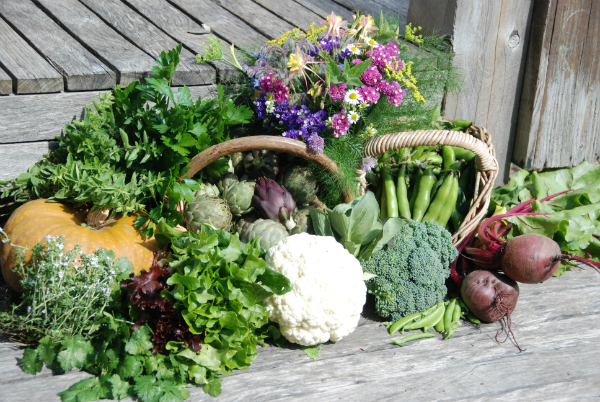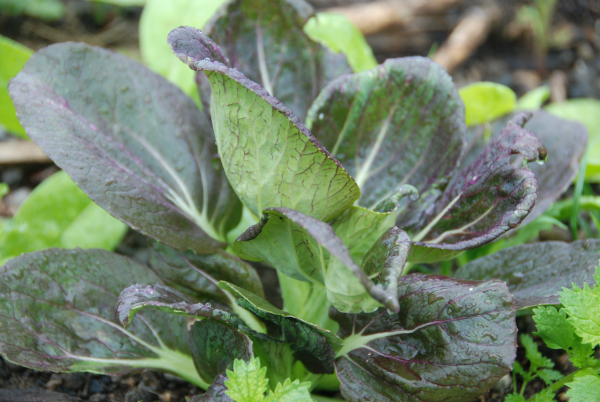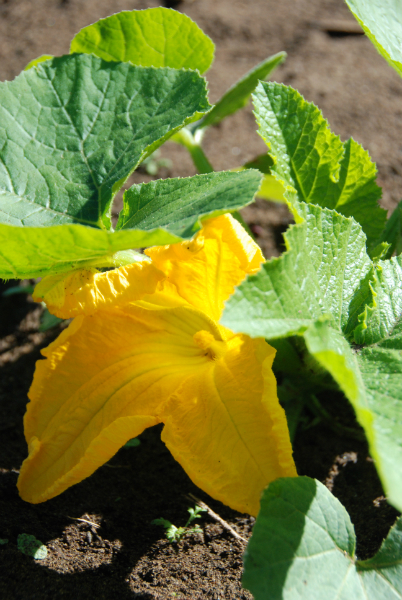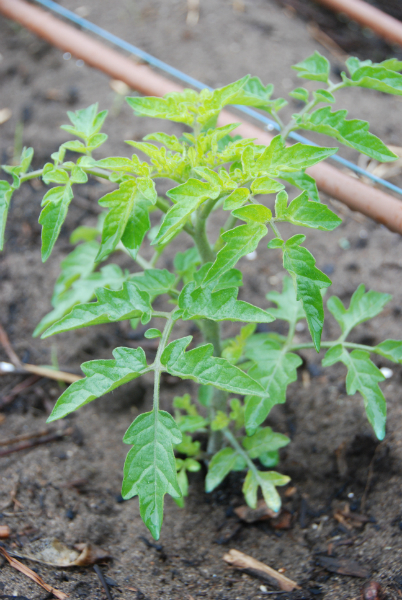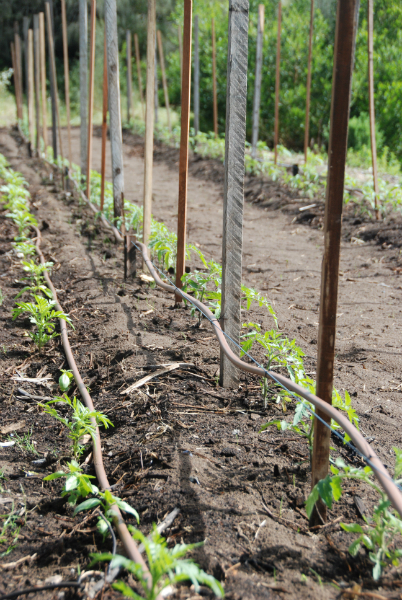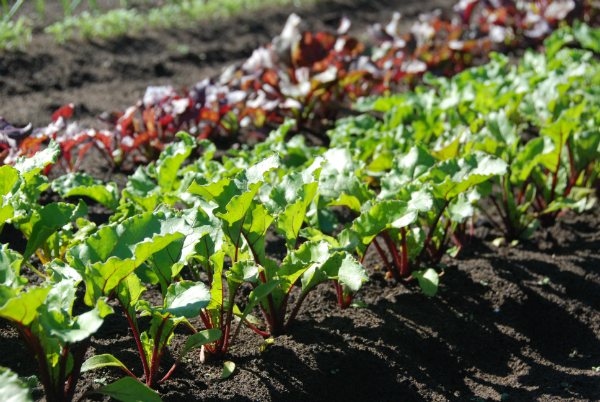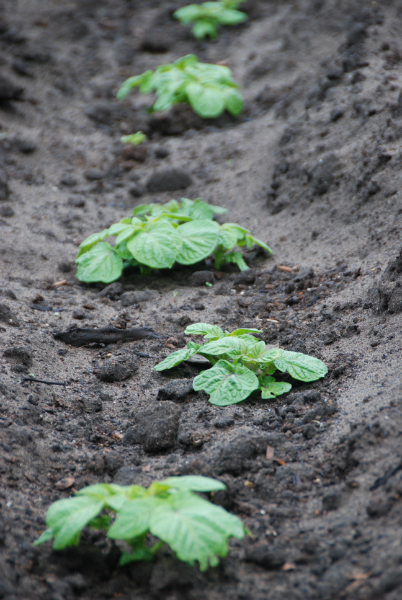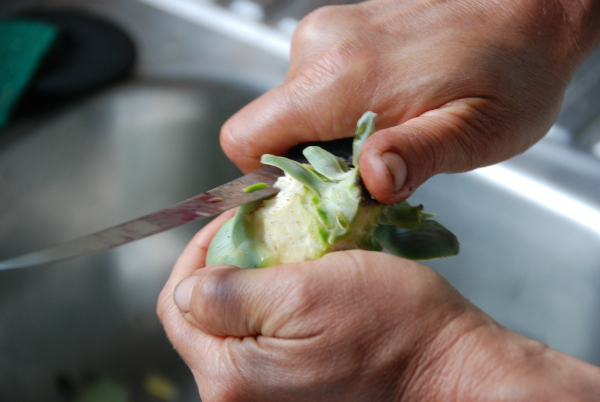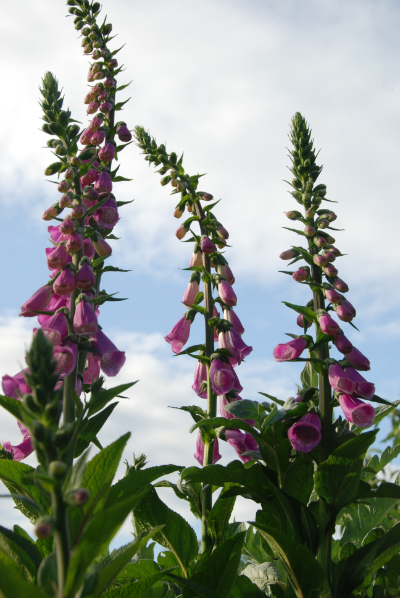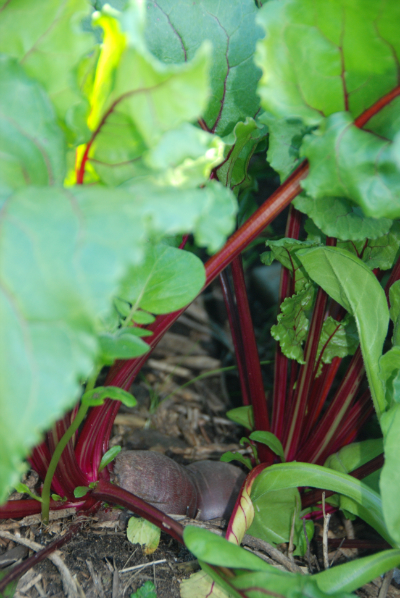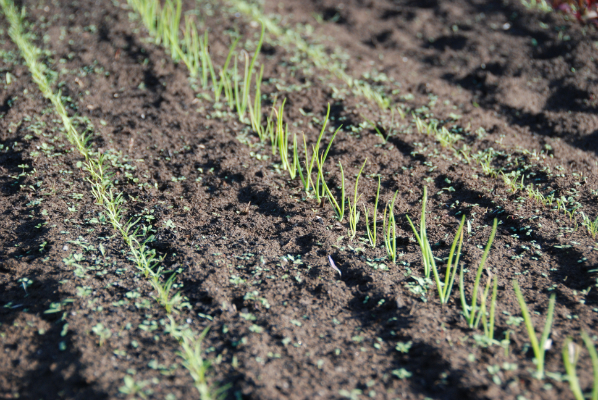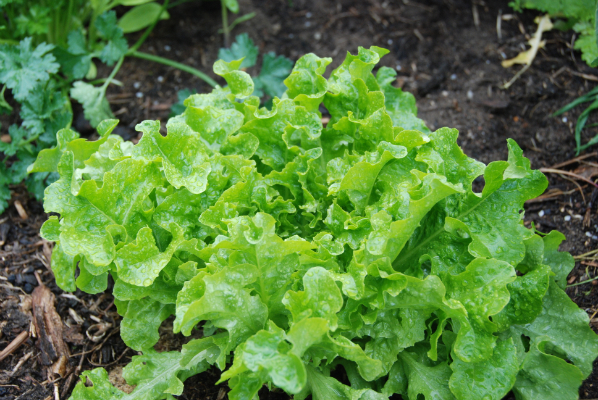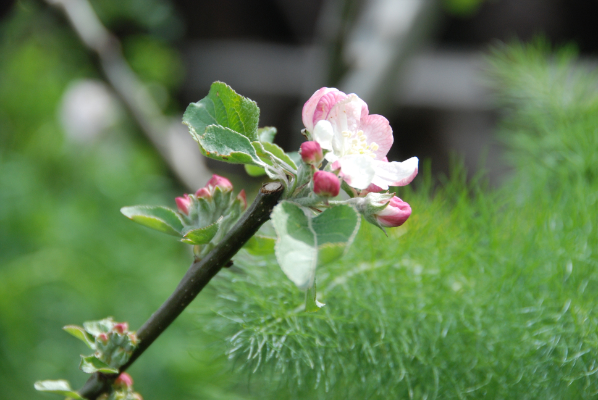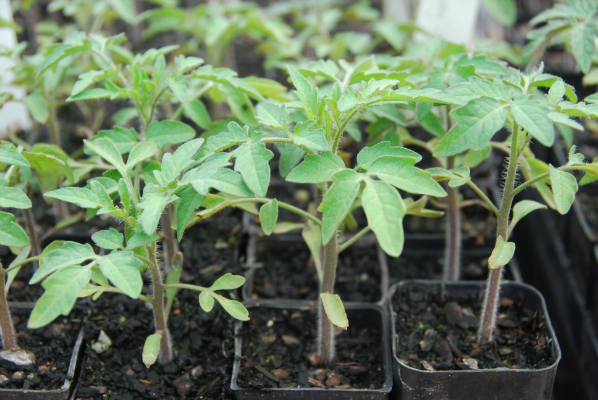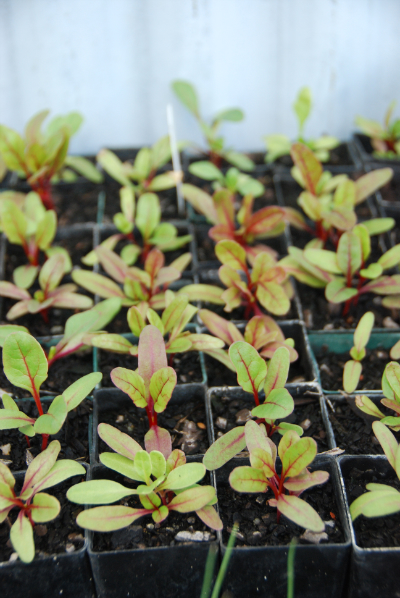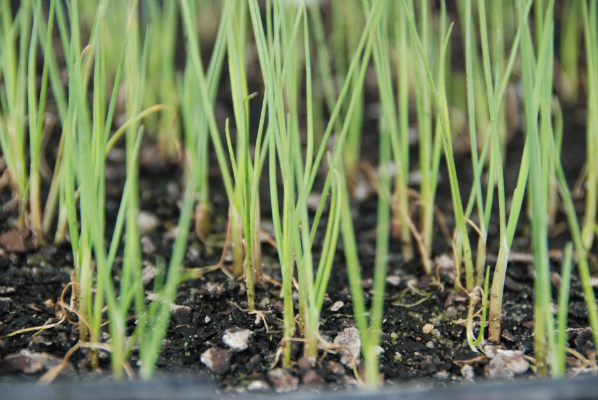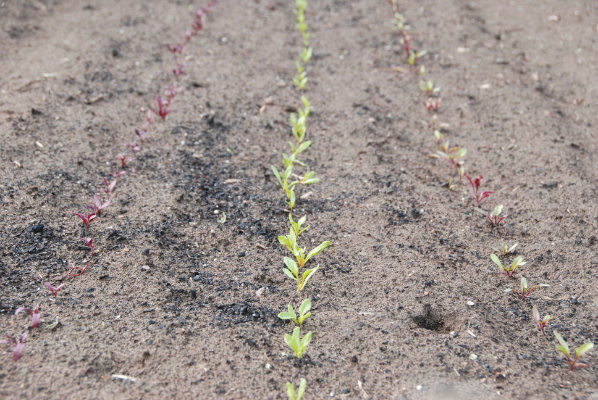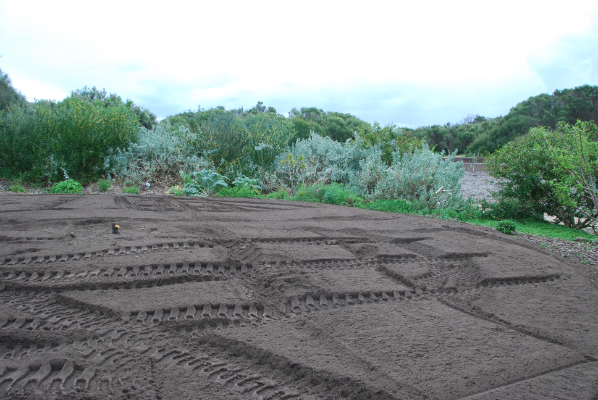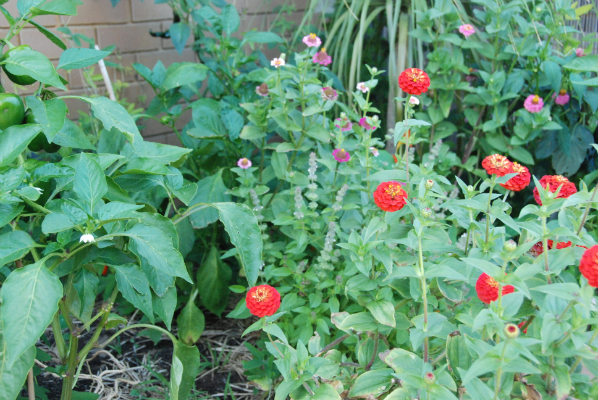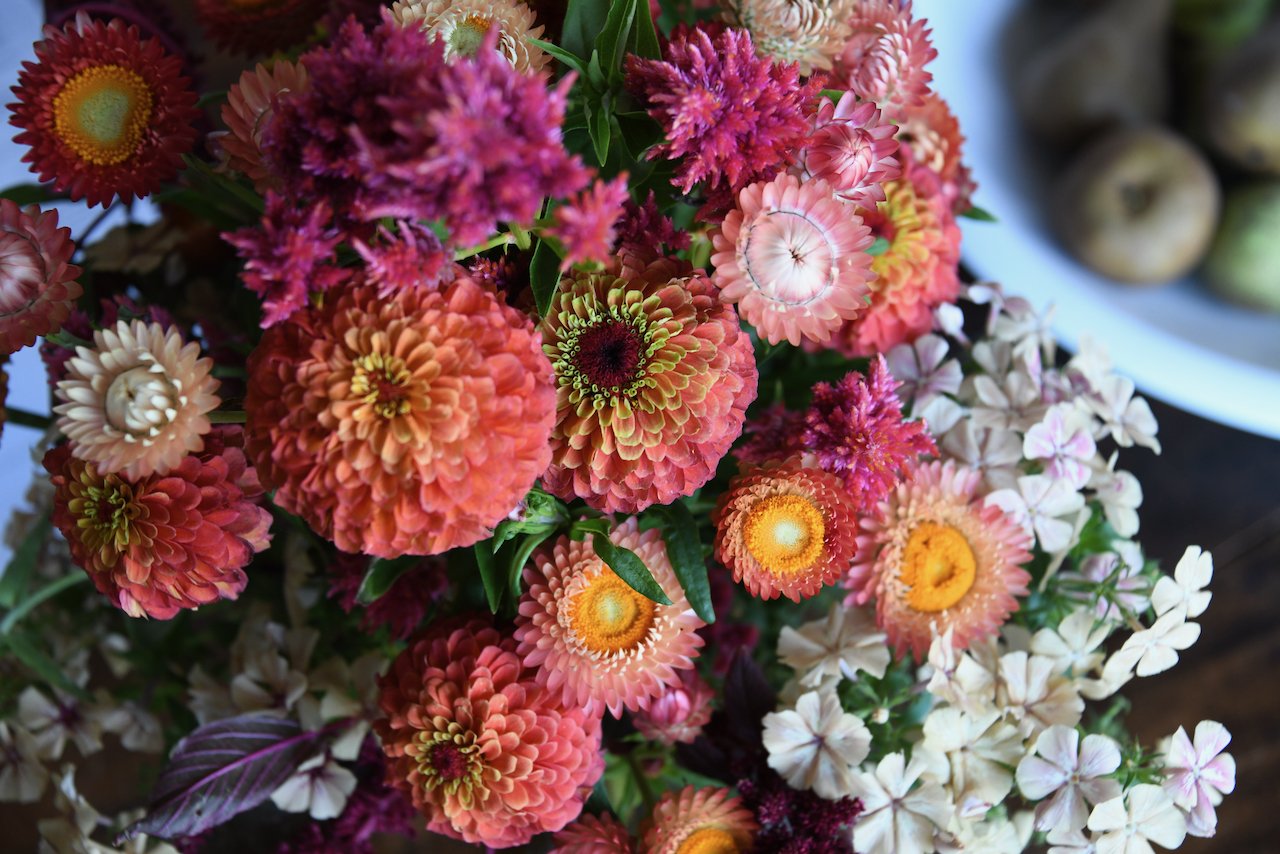Chamomile - The Plant's Physician
/For over 2000 years, chamomile has been a garden herb favorite. The famous Greek physician Dioscorides recommended it as a medicine for fever in 900BC. It was one of nine sacred herbs for the Saxon's who used it widely as a sedative and calming medicine for the stomach (Brooke, 25). It was highly valued as a remedy for hysteria, insomnia, nightmares, convulsions, delirium, tremors of alcoholics, melancholy and a whole range of other nervous afflictions, especially of women (McIntyre, 153).
In the language of flowers, chamomile means patience in adversity (McIntyre,153). It was known as the herb of humility because, as a lawn plant, the more it was trodden on, the faster it grew. Like a wise grandfather, it is able to calmly quell a tantrum recognizing that these fiery outburst usually stem from fear and anxiety.
Anne McIntyre describes,
The flower essence will soothe tension and anxiety and stop them from accumulating through the day to cause restlessness, insomnia and nightmares. Chamomile will help one to stand back from the day-to-day things that irritate and annoy, and upset one's superficial equilibrium, and to find a place of calm and serenity where light, like the sun behind the clouds, is always shining .
Chamomile has a marvelous ability to relax smooth muscle throughout the body. It is a famous remedy for soothing all kinds of digestive upsets, especially those related to stress and tension such as nervous indigestion, heartburn and acidity (McIntyre, 153-154). As it relaxes the nervous system, use chamomile for headaches, anxiety, insomnia, palpitations and general fearfulness. Chamomile is a pain reliever and an excellent remedy for teething in babies.
Chamomile is a wonderful herb to use with children. Think about Peter Rabbit's mother, who when Peter returns from his ordeal in Farmer McGregor's garden, wisely tucks him into bed with a warm cup of chamomile tea. Chamomile is an excellent relaxant for babies and children. It calms anxiety and nervousness. It is well known for calming restless babies prone to colic, teething and sleeping problems, as well as overactive, irritable children (McIntyre, 28). These results can even be achieved through a warm bath using chamomile infused water.
It has a long association with young maidens, used as a bath in Celtic initiation ceremonies and Beltane festivals. It is very useful in relieving premenstrual stress (including headaches) and menstruation cramps. Chamomile tea has been drunk throughout childbirth to relax tension and lessen the pain of contractions. It is also helpful to reduce menopausal symptoms.
As a natural antihistamine, chamomile is useful for hay fever. It has an anti-allergic effect by reducing the body's response to allergens such as pollen and house dust. Steam inhalations (putting hot water over the flowers in a large bowl and then covering the head and bowl with a towel or blanket and breathing in the infused steam) will help relieve hay fever, asthma, catarrh and sinusitis (McIntyre, 154). The anti-inflammatory and antimicrobial properties of chamomile help heal inflamed mucous membrane linings of the lungs and sinuses (Soule, 50).
In the garden, chamomile is like having little rays of sunlight mingling and poking through the perennial border. It is a wonderful companion of cabbages, onions and mint and its unobtrusive nature makes it pleasant anywhere in the border. It is also a micronutrient accumulator harnessing calcium, potassium and phosphorous (Woodrow, 35).
In Biodynamics, the chamomile preparation promotes a good breakdown of the proteins in the compost to humic plant nutrients, and prevents the protein breaking down to ammonia which would be lost to the atmosphere (Proctor,70). It helps soil to retain nitrogen and calcium, keeping them in the living realm and preventing loss to the atmosphere. Chamomile preparation strengthens the plant's regenerative life activity and reunites this with the physical (Biodynamic Resource Manual, 22). This ability has led chamomile to be referred to as the "plant's physician" in folklore. It has been said that if you have a failing plant, simply plant chamomile next to it and it will revive.
As a mother, a woman and a farmer, I love growingand nurturing plants that benefit humans, animals, plants and soil. Chamomile is wonderful in its ability to comfort and aid all of the living things on our farm. I delight in its mercurial quality of popping up in different places in the garden year after year and am always grateful to see it in the spring.
Linda Woodrow's Witch's Brew
To stop fungus diseases like powdery mildew use the following liquid brew.
-Gather stinging nettle, comfrey, causurina needles and/or chamomile. -The first three are high in silica, which is water-retardant and so creates leaf surface conditions unsuitable for fungi. The chamomile is a mild fungicide. -Cover the herbs with water and let the mixture brew for just TWO days. -Dilute 1:10 and add to perennial seaweed brew. -Spray zucchini, squash, cucumber, pumpkin and anything else you think is susceptible. The same mixtiure is a foliar fertilizer so there is no worries about over using. -This brew works well if you catch the infestation early and only if the brew is fresh - after no more then 48 hours' brewing. After this it is still a great foliar fertilizer and compost additive but it does not work against fungus.
-An Astrological Herbal for Women by Elisabeth Brooke; Cunningham’s Encyclopedia of Magical Herbs by Scott Cunningham; The Yoga of Herbs by Dr David Frawley and Vincent Lad; Herbal Healing for Women by Rosemary Gladstar; The Complete Floral Healer by Anne McIntyre; Grasp the Nettle by Peter Proctor with Gillian Cole; The Roots of Healing by Deb Soule; The Permaculture Home Garden by Linda Woodrow; Biodynamic Resource Manual by Biodynamic Agriculture Australia
